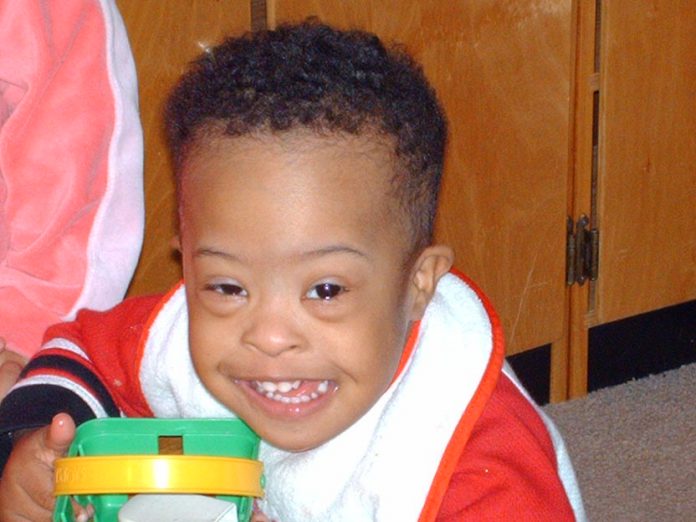The first physician to diagnose and describe this syndrome was known as John Langdon Down and thus the condition was named Down syndrome. This is a genetic condition that is characterized by certain typical features. It is caused by an abnormality in the genetic material and can affect people from all races. Down syndrome is caused by the presence of an extra chromosome 21 in all cells of the individual and its occurrence is due to a random event that occurred during the formation of the reproductive cells (the ovum or sperm) and is not attributable to any behavioural activity of the parents or environmental factors.
Characteristics of Down Syndrome
Every baby with Down syndrome is unique and will vary in appearance, temperament and ability. However, there are some typical traits that seem to be common.
These traits include:
• Eyes that slant upwards with tiny folds covering the inner corners of the eyes
• Shorthands and fingers with a single crease on the palm of the hand
• A small mouth which makes the tongue appear large
• A slightly flattened appearance of the back of the head
• Small low set ears
• A small nose with a broad, flat bridge
• Wide gap between the big toe and second
• Unusual looseness of the joints
• Poor muscle tone (hypotonia) making the baby feel and appear floppy
• Heart defects occur in about 50% of cases
• Eye defects occur in about 60% of cases
• Hearing defects may occur and can affect speech and language
• Developmental delay (intellectual disability varies from mild to moderate).
Caring and coping with a baby with Down Syndrome
1. Many mums say to me, “I was devastated when I learnt that my baby had Down syndrome.” You will probably experience this range of feelings at one stage or another, i.e. sorrow, rejection, grief, denial, disbelief, disappointment, anxiety, anger and guilt. These are all normal feelings and reactions. It is therefore important to come to terms with the situation as soon as possible so that you can be able to care for your little one adequately. Seek help and information from your doctor, support groups and other resources that may be available to you.
2. There is much you can do to help your baby develop the qualities and abilities they are born with to their maximum potential. Early intervention is a systematic program of therapy, exercises and activities designed to address developmental delays that may be experienced by children with Down syndrome. This intervention will enhance the development of your baby and further help you and your family to understand and meet the needs of your child. The most common early intervention services for babies with Down syndrome are:
• Physical therapy to aid in good posture, proper foot alignment, and an efficient walking pattern.
• Speech and language therapy to aid in communication.
• Occupational therapy to help your child become self-sufficient.
3. Stimulation is very important in the development of your baby. Sing, laugh, talk and play with your baby. Your baby will become aware of you, the rest of your family and their surroundings. General rules that apply to all stimulation include:
- Readiness: Look for signs of readiness, e.g. if your baby holds a toy and puts it in their mouth, you can give them a raw carrot to chew on training them to feed themselves.
- Repetition: Remember you might need to repeat yourself several times before they understand what you are trying to teach them
- Praise and confidence: Be generous with your praise, especially when your baby really deserves it and be relaxed when you are handling the baby.
- Time: It might take some time for your baby to learn a skill; be patient.













